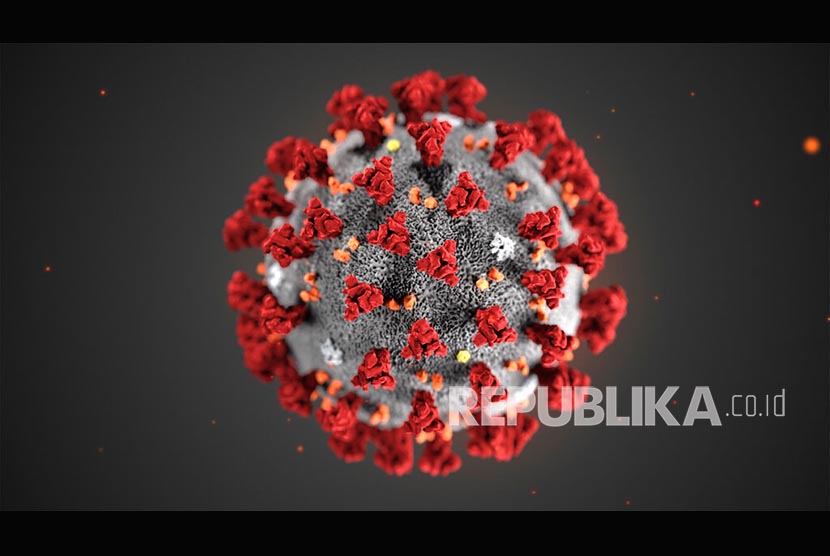According to news from the Guardian, initially put forward by the Japanese press, the government of Japan will have decided that it will proceed to release the tons of contaminated water from the Fukushima nuclear power station – stored in more than a thousand tanks – into the sea, and work to release it will begin, at least in 2022, and it may take decades to complete.
The news indicates that the news agency Kyodo pointed out that the official decision could be announced at the end of the month, thus ending the debate on what to do with the contaminated water.
The government has long shown that it prefers to choose to release the waters in the Pacific, declaring that it would promote the production of Fukushima and address the concerns of local fishermen, who believe the measure will destroy years of work and rebuild the industry’s reputation.
In addition to fishermen, environmental groups are also opposed to the measure and South Korea – which has maintained a ban on seafood imports from the region since the nuclear disaster – has expressed concern, arguing that the discharge of water poses a threat to the marine environment .
The plant’s Advanced Liquid Processing System, Tokyo Electric Power (Tepco), removes highly radioactive substances from the water, but fails to filter the tritium – radioactive hydrogen isotope.
Earlier this year, a team of experts advising the Japanese government considered water release to be among the “most realistic options”, claiming that tritium is only harmful to humans in very large doses. The International Atomic Energy Agency argues that it is possible to dilute filtered wastewater with seawater before it is released into the ocean.
According to the newspaper Yomiuri Shimbun, the water in Fukushima must be diluted inside the factory before being released, to decrease the concentration by 40 times and the process could take 30 years.
–


